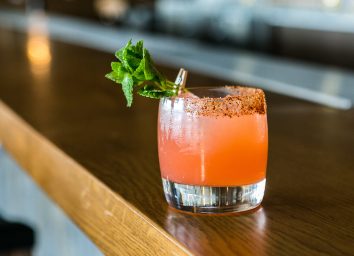Best Apéritif and Digestif Drinks—What are the Differences?
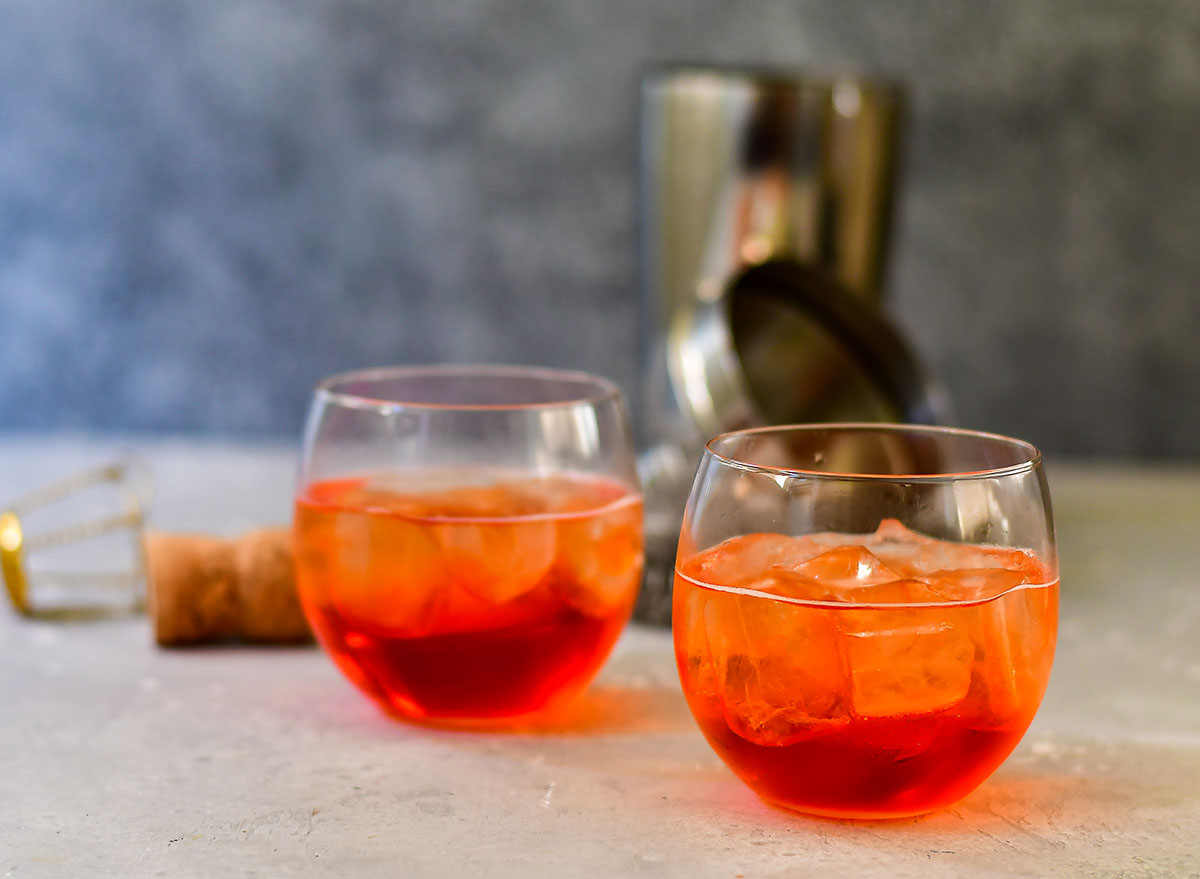
There's plenty of similarities between an apéritif and a digestif, not the least of which is that I always misspell both, screwing up the vowels and accent marks. It's the differences that make them more interesting, however. As the names suggests, the former is meant to be drunk before the meal, when you still have an appetite, to prime your palate; the latter after the meal, when you need to digest it. Unlike, say, bourbon or tequila which are strictly defined (by law in some cases), both apéritifs and digestifs are more know-it-when-you-taste-it drinking options.
Each often feature herbal "bitter" components, though apéritifs perhaps more so. Noted bartender Sother Teague once explained to me that that's no accident: your digestive system recognizes bitter flavors as a bit of poison and, thus, you immediately start craving food to dilute that poison. Apéritifs are also typically going to be more acidic and less sugary, as sugar inhibits that desire for food. Since they are drunk earlier in the day, they're also going to be lighter, fizzier, and less alcoholic, perfect for serving on ice or in long cocktails.
Digestifs, on the other hand, are often going to be sweeter and more robust. They're not quite desserts, of course, but they can easily replace a piece of cake or even that post-meal cup of espresso. While digestif cocktails exist, of course, the category is usually more devoted to neat pours, spirituous nightcaps to finish your meal, get you out of the restaurant or bar, and then off to bed.
Here's a quick guide to the best apéritif and digestif drinks.
Recommended Apéritifs
Red bitter liqueur
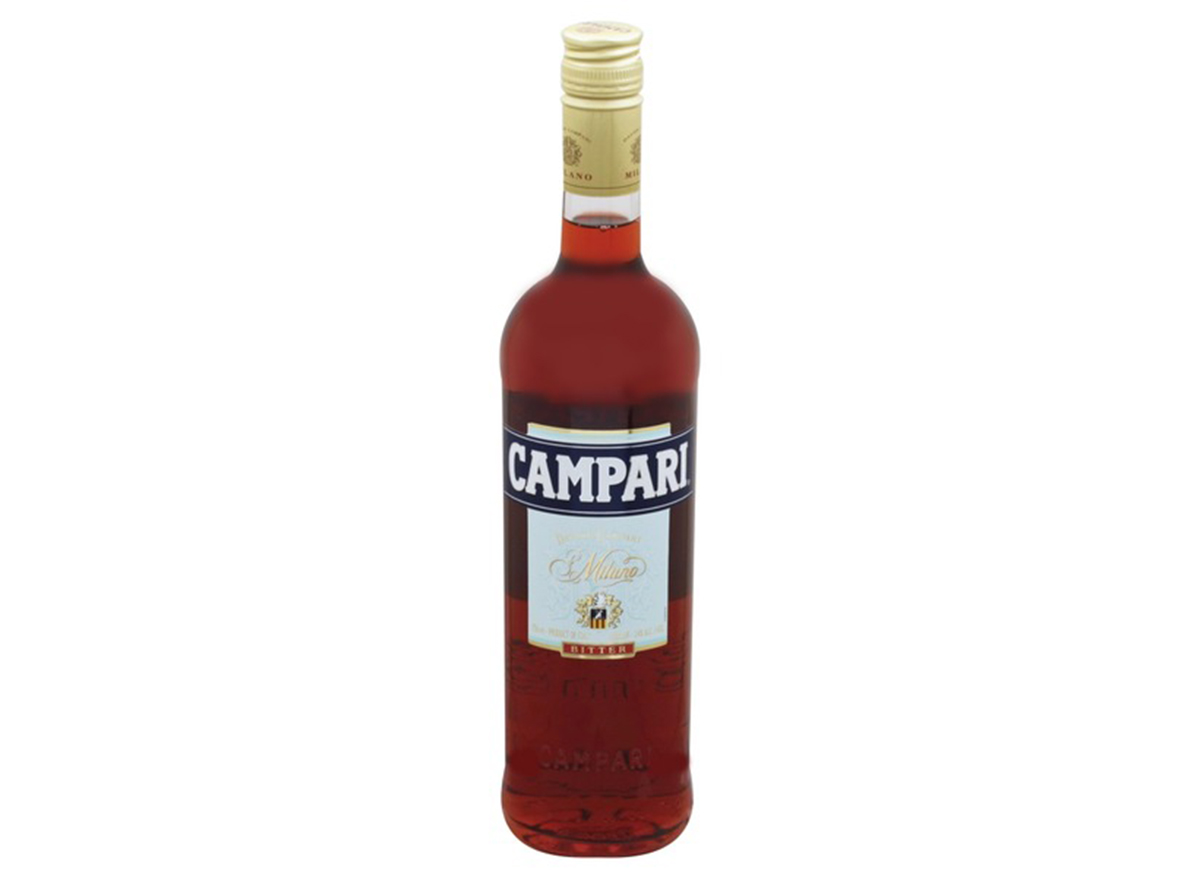
Campari is the most famous representative of the category. But Aperol, Aperitivo Select, and the emerging breed of domestic options like St. Agrestis Inferno Bitter will work every bit as well. Lightly bitter with an underlying sweetness, they are easy to drink neat but work even better in before-dinner cocktails like Americanos, Spritzes, and Negronis.
Vermouth
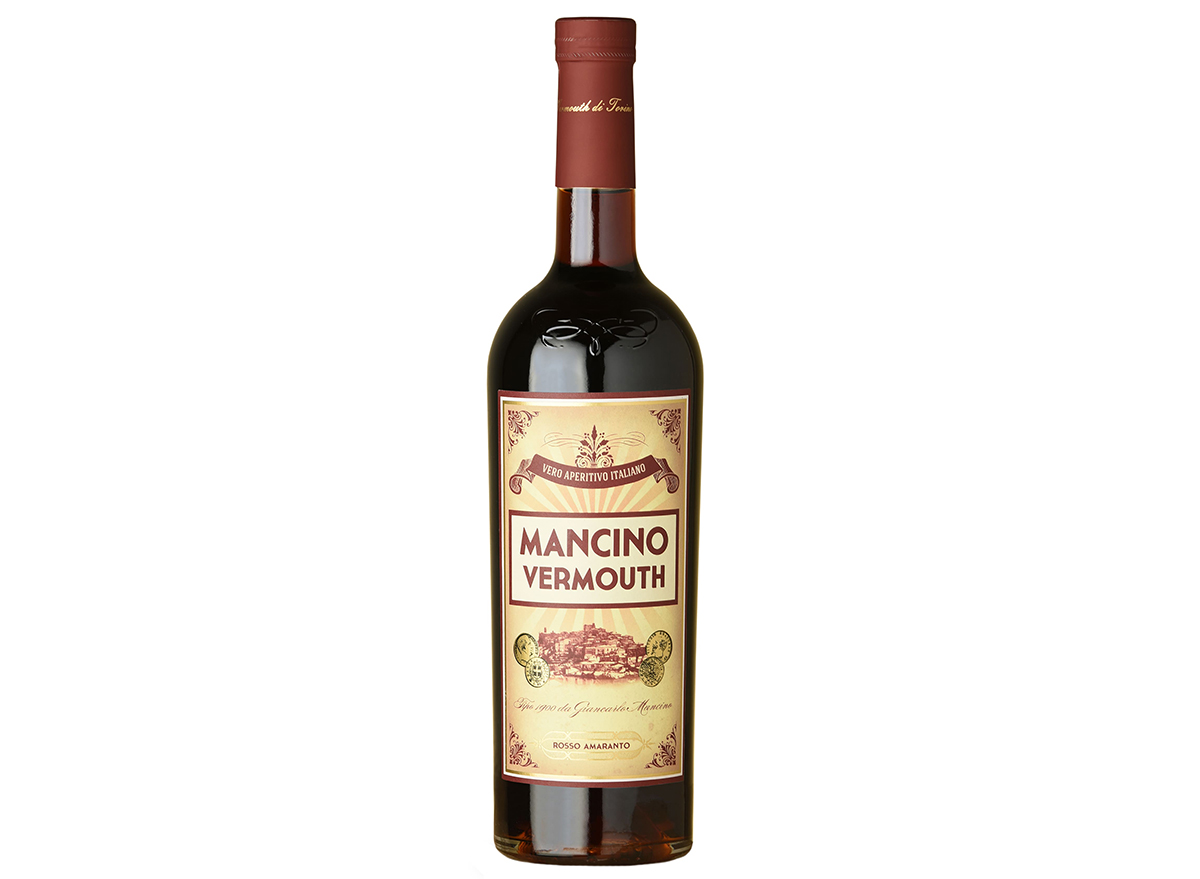
While most people solely use these fortified and aromatized wines for their Manhattans or Martinis, they can also be drunk chilled and neat or even on ice. Make sure you have a fresh bottle—vermouth can oxidize in just a month or two, taking on an unpleasant cardboard-like or even savory taste. Sherry, another fortified wine, is likewise a great option, but opt for drier ones like fino or manzanilla.
Anise-flavored liqueurs
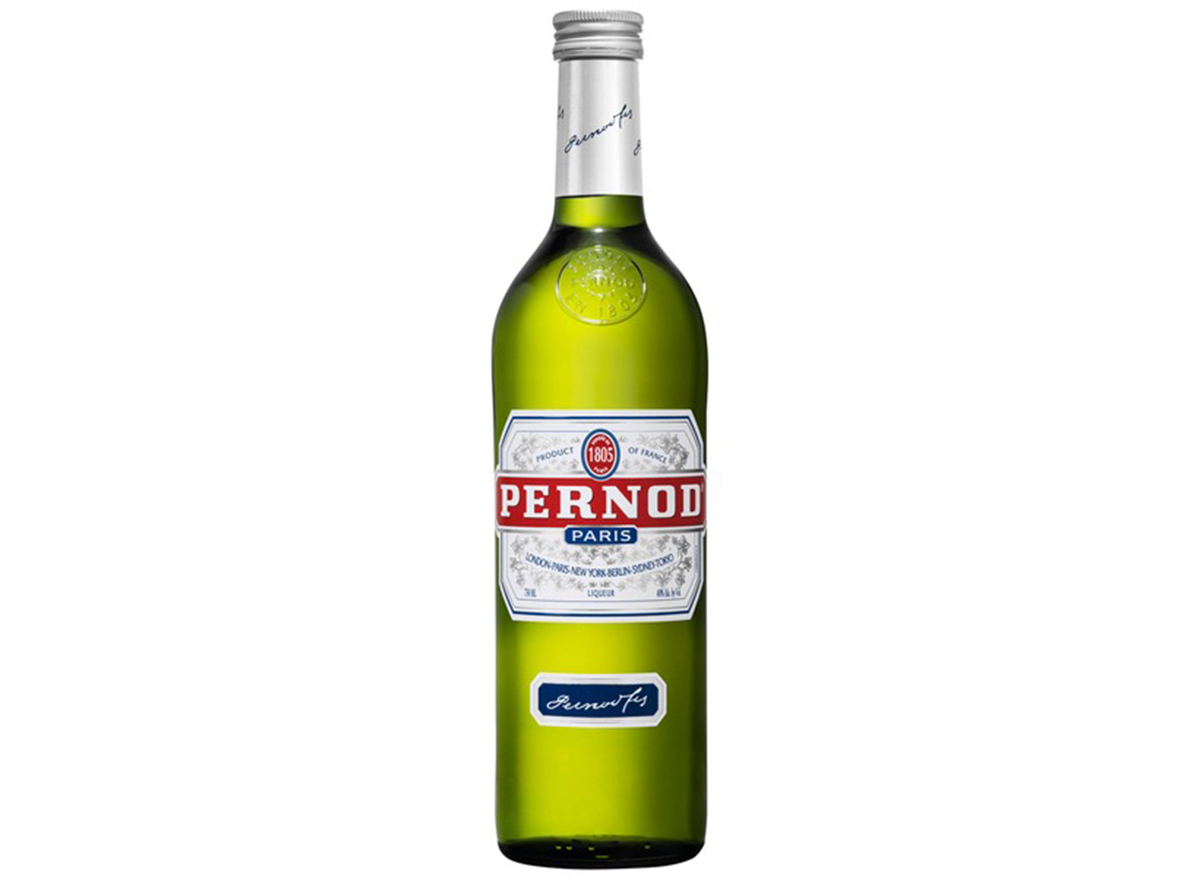
Whether Pernod, Ouzo, or Pastis, several European cultures have long favored these licorice-tasting liqueurs for their apéritif needs. While, admittedly, that flavor profile isn't for everybody, it reigns supreme in Greece and other Mediterranean locales, served alongside mezze in the hours before dinner.
Spritz
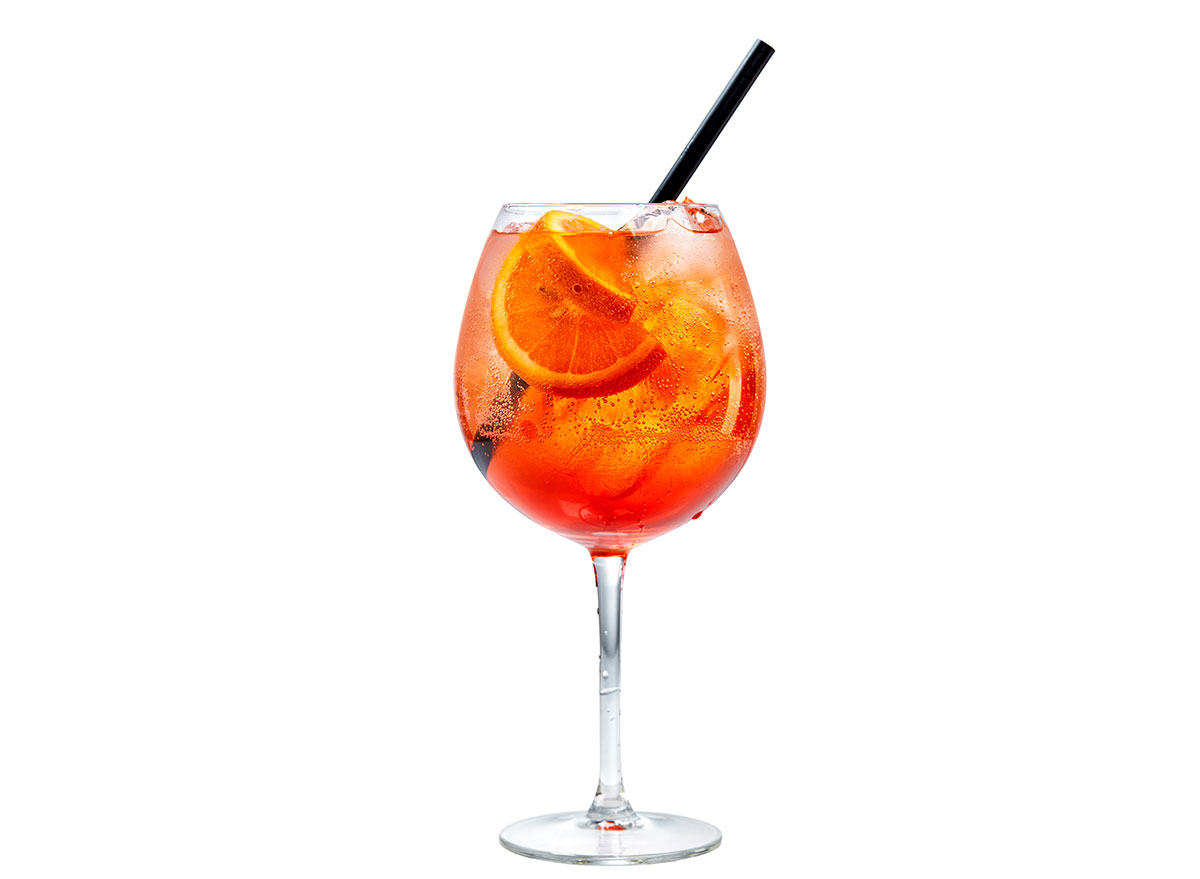
Surely the most archetypal apéritif cocktail, there's really no set ingredients for making a spritz, it's more of a set formula. Bitter liqueur + sparkling wine + fizzy water and you have a spritz. The great thing is you can swap in whatever ingredient you prefer in each category—Aperol or Campari, Prosecco or Cava, seltzer or something more artisanal—and then add the amount you prefer. These can be drunk en masse too, without fear of ruining your meal.
Negroni
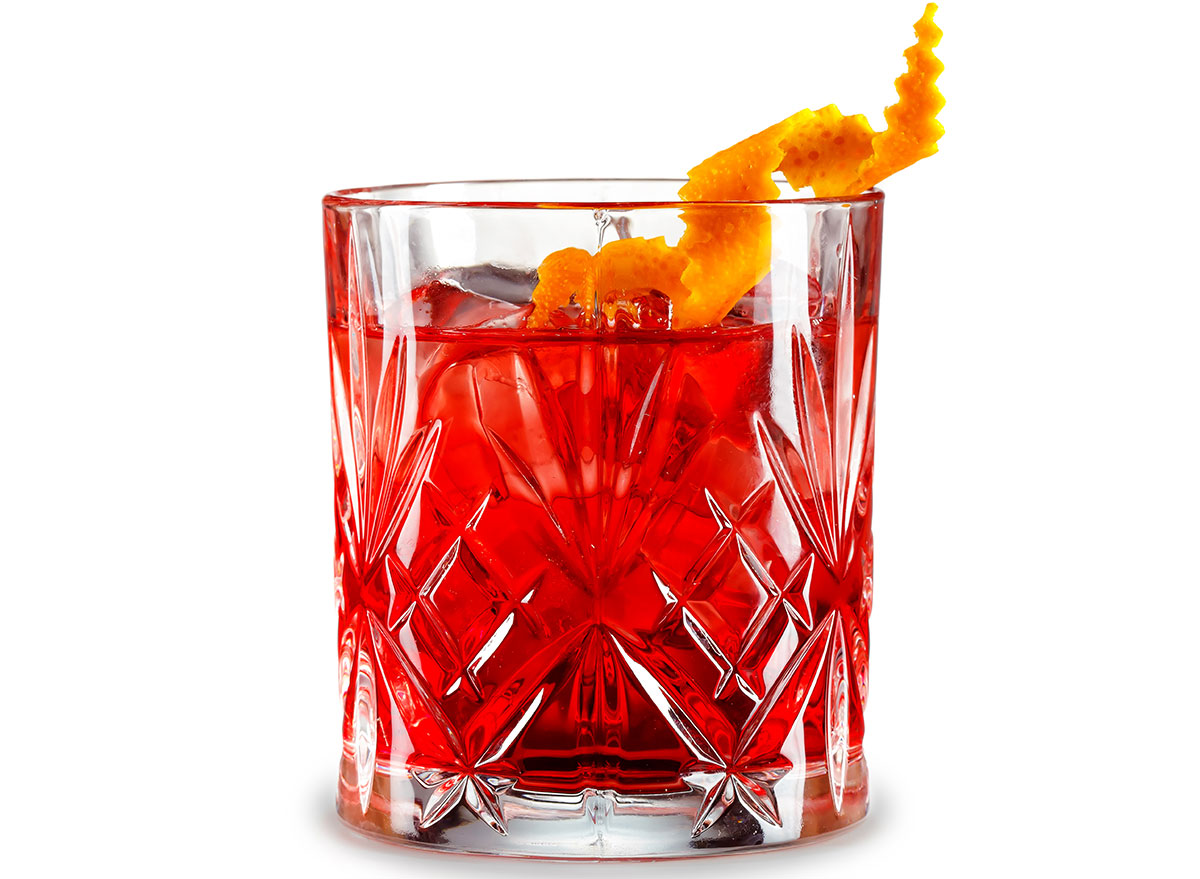
Though it breaks a few of the rules already outlined—it's probably a little boozier than you'd want—it's still an A-list apéritif cocktail. It includes both Campari and vermouth, not to mention gin, whose crisp, aromatic notes work wonderfully early in the evening. Just don't have too many of these!
Recommended Digestifs
Amaro
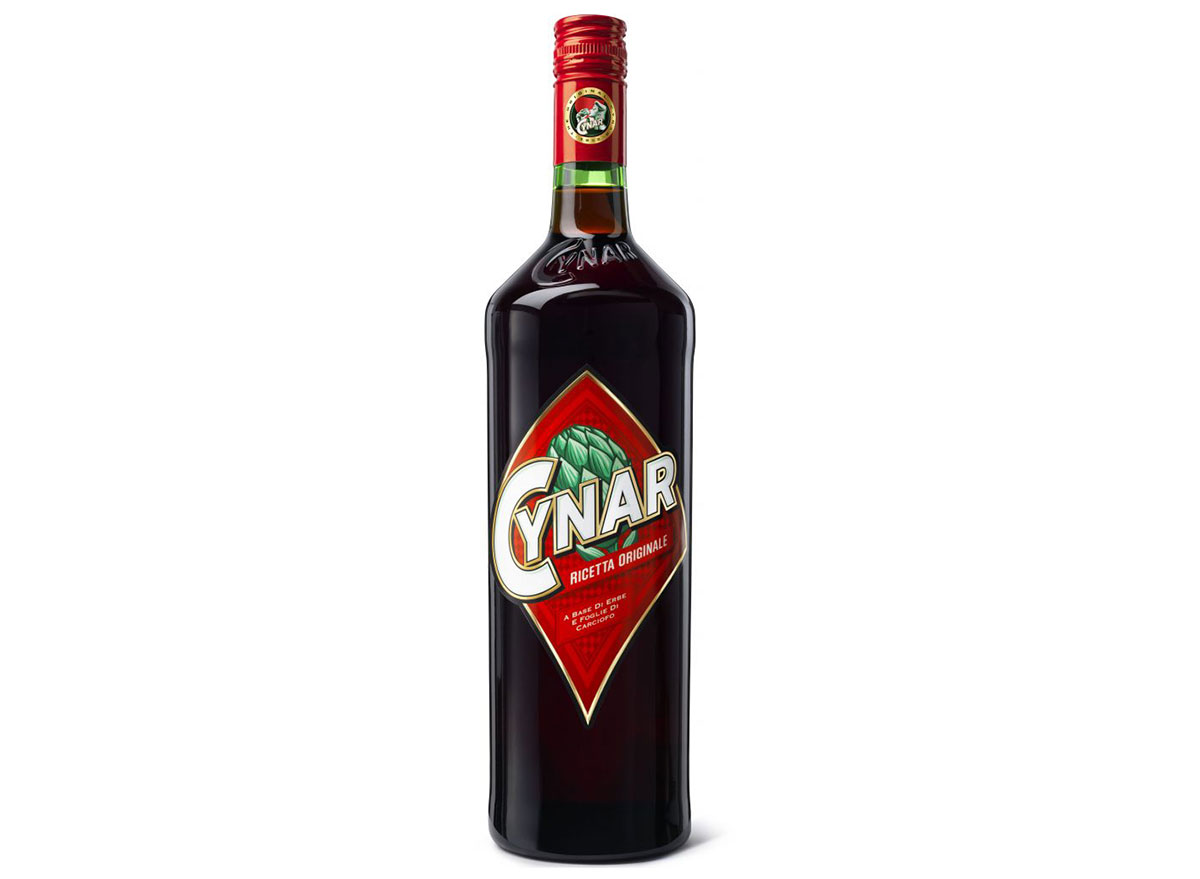
While most of the previously mentioned red bitter liqueurs would definitely be classified as amaro, and would be fine post-meal in a pinch, it would be better to go after richer, darker, and often more complex examples of amaro. Options like Cynar, Amaro Lucano, and Amaro Nonino will aid in settling your stomach and calming you down as bedtime nears.
Fernet
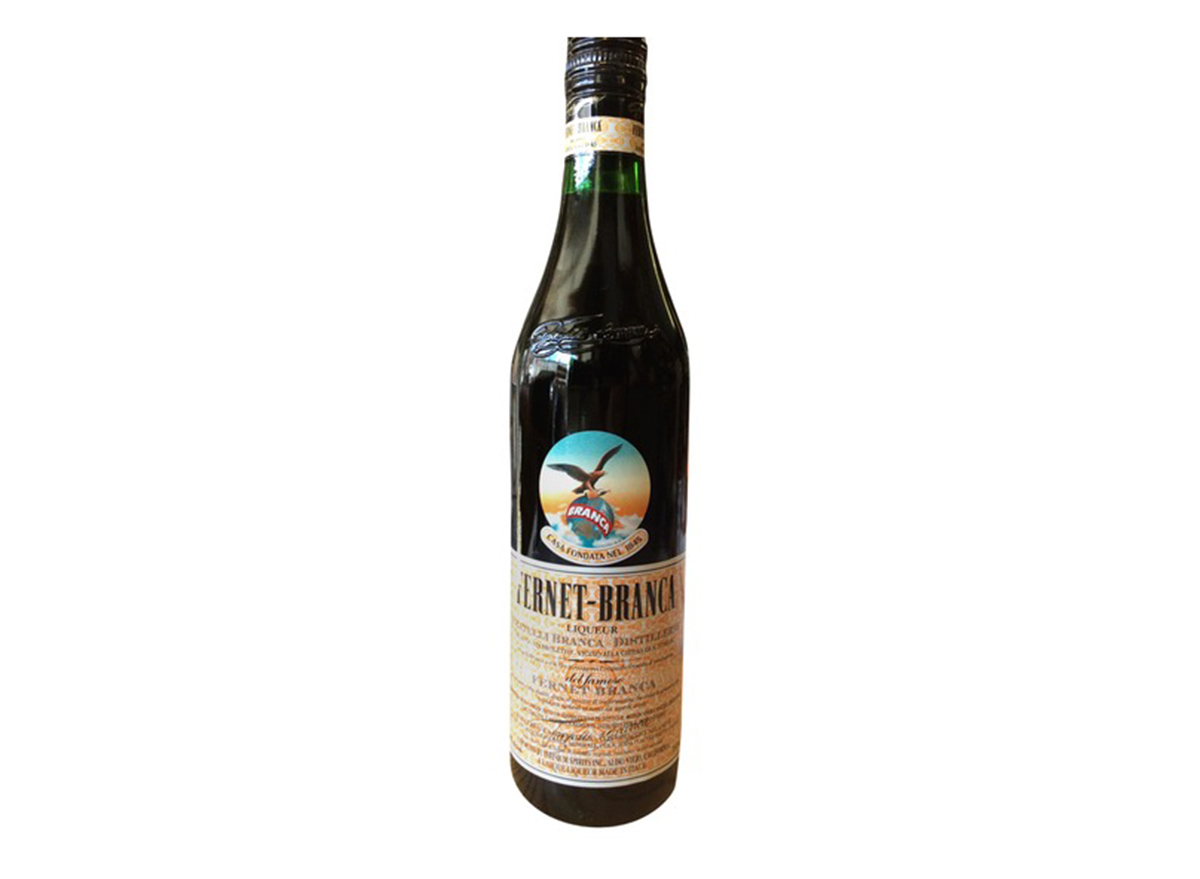
Maybe the quintessential post-prandial sipper, and essentially an amaro, most fernets differentiate themselves from the former simply by using beet molasses. The most famous, of course, is Fernet Branca, which many people think is the only fernet. It's intensely bitter with aggressive baking spice notes, making it almost ruinous to the palate (and a turn-off to some), but perfect for ending the night. If it's too bitter for you, opt for Branca Menta, a slightly sweeter and mintier version.
Underberg
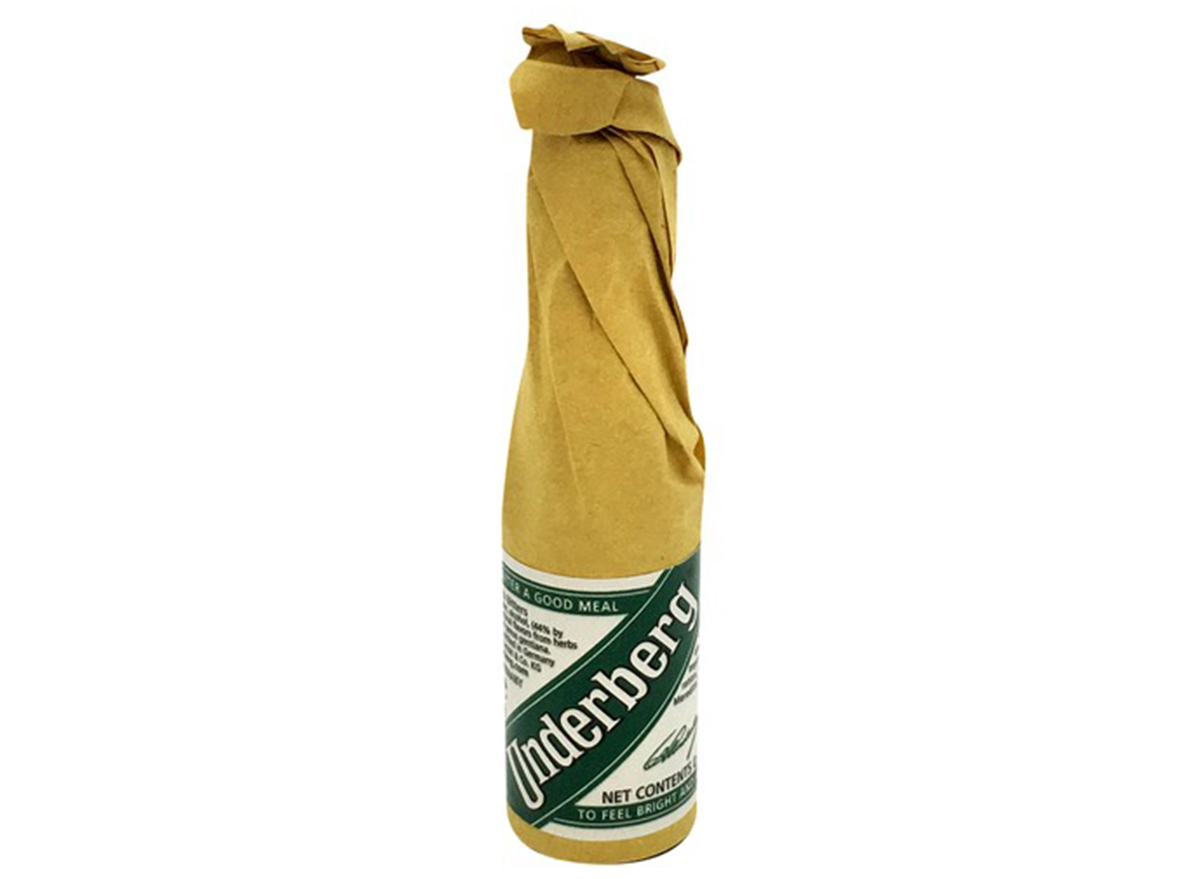
Another one-of-a-kind digestif that's dry, potently bitter, and high-proof (44%). The German product comes in its iconic package of paper-wrapped single-serve bottles, often sold at the front counter of old school grocers and butcher shops. Chug straight from the bottle in a single sip, or decant into a proper tall-stemmed glass if you're a tad classier.
Chartreuse
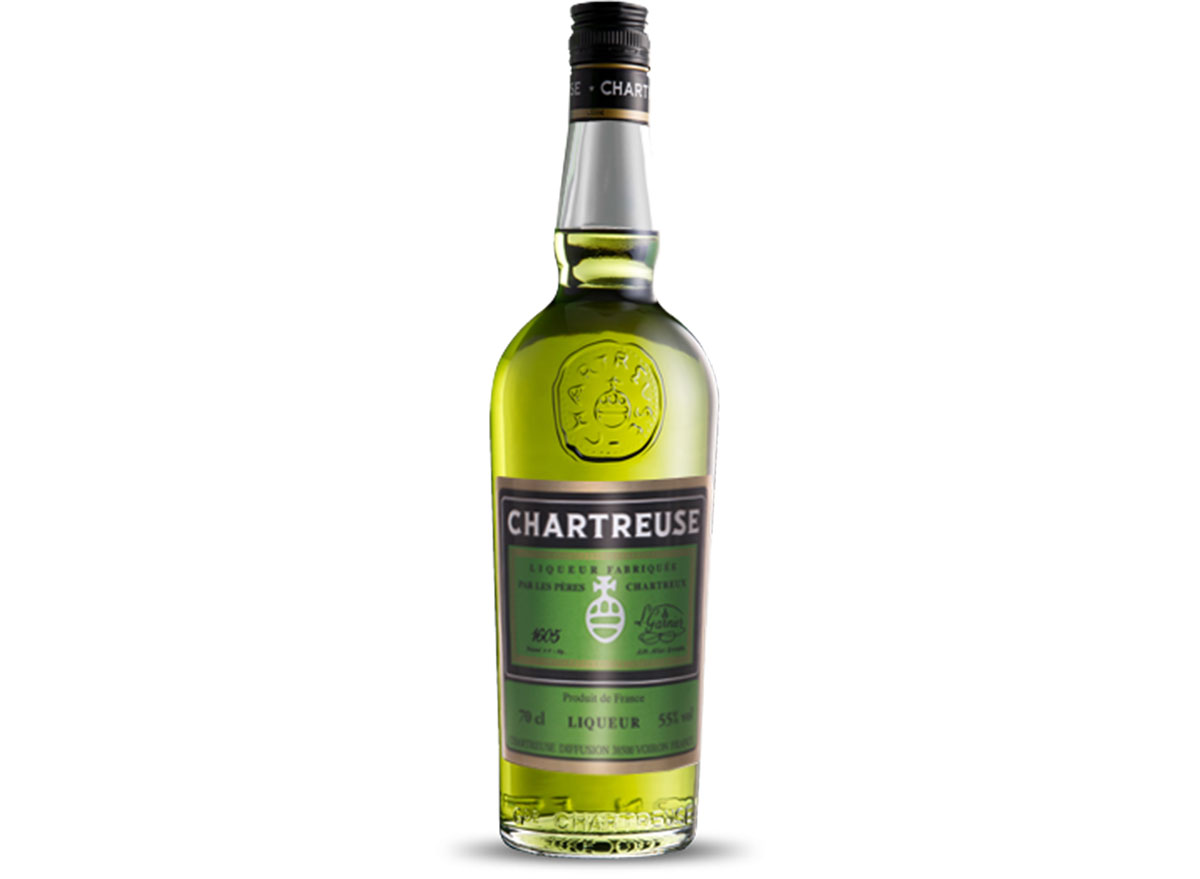
"The only liquor so good, they named it after a color," according to Quentin Tarantino's Death Proof. Initially designed as a medicine, today the secret formula distilled by Carthusian monks is boozy, a bit vegetal, and incredibly herbal—perfect for aiding digestion. Green chartreuse is what I'm talking about here, but there's also a Yellow version that is a tad sweeter and a ton more mild.
Armagnac
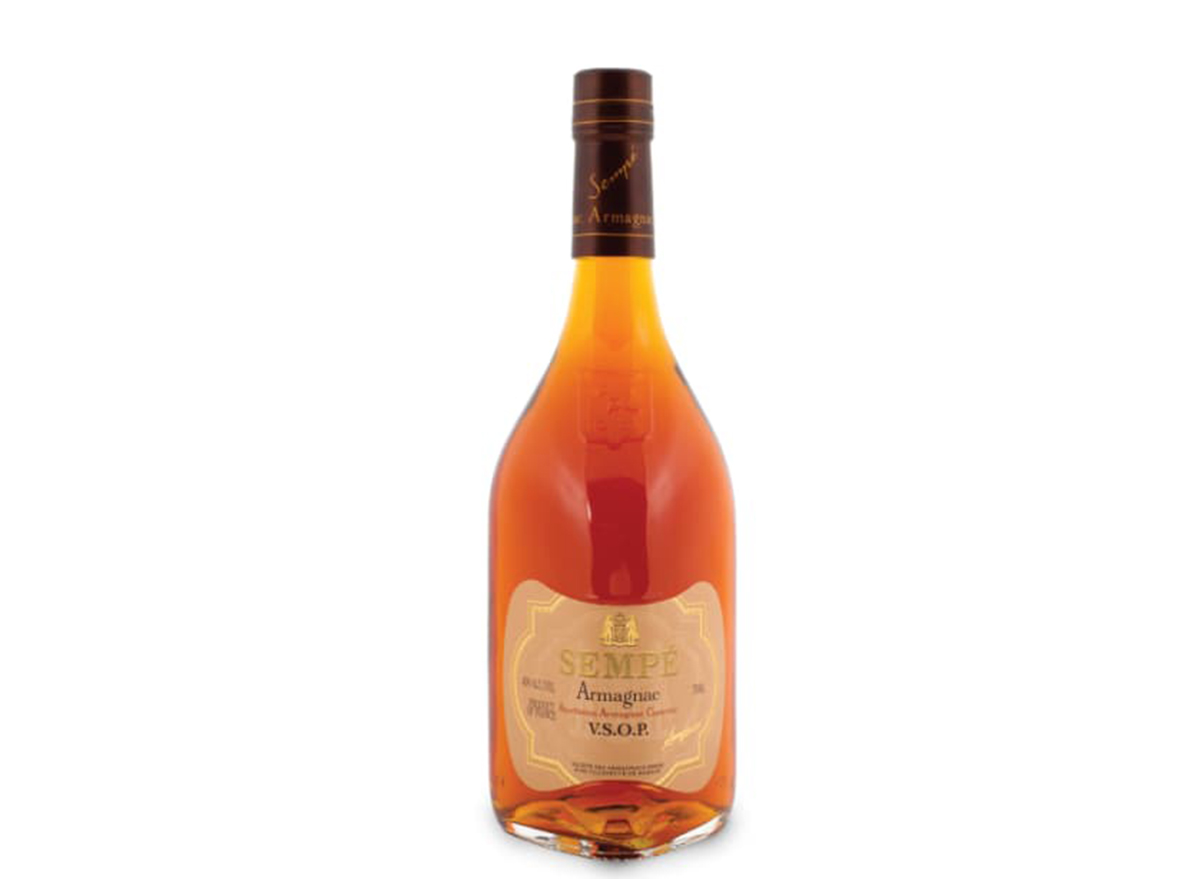
The only pure spirit on our list, armagnac is a white wine grape brandy (think like Cognac only from France's Armagnac region). The difference is armagnac is distilled fewer times, leaving it typically more flavorful, more complex, and richer and oilier in mouthfeel. It's erfect for luxuriating with from a bulbous snifter (and maybe a cigar?) after the meal.


